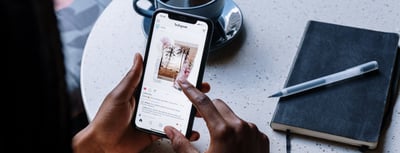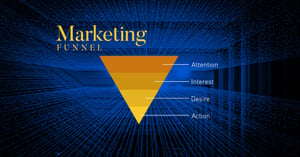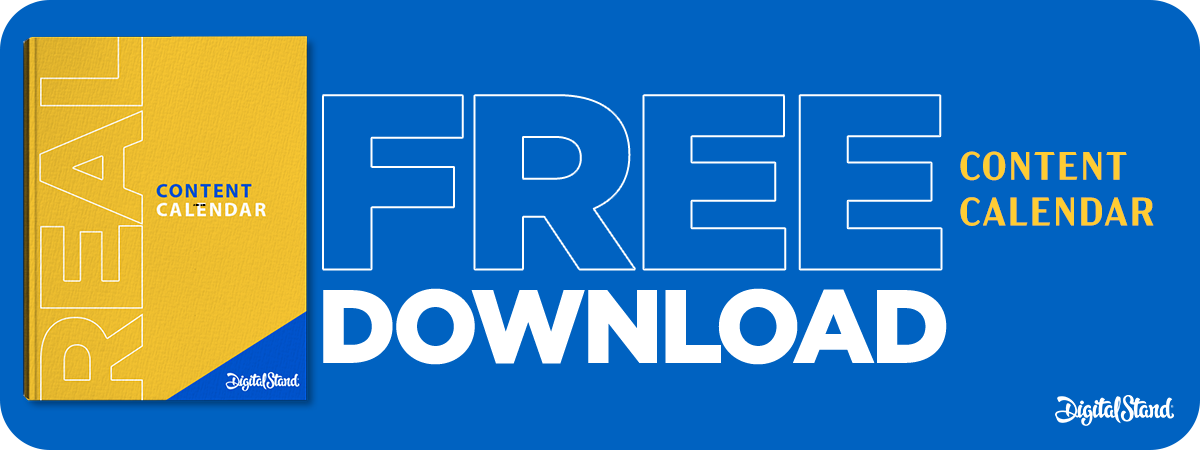How to do B2B Marketing in 2021What if a simple in-expensive change to your marketing funnel doubled the revenue of your business?
Since 2013 we have been successfully creating digital marketing funnels that drive more leads and conversions across most industries.
What we have discovered over the years, is you must understand each component of your marketing funnel to identify leverage. When you do, you can make simple changes that can double your leads and or revenue.
Let's say your conversion rate on your e-commerce store is around 2%. And you are generating $100k per month.
A/B testing your marketing funnel process could improve your conversion rate to 4%. Earning you an extra $100k per month and doubling the size of your business.
I hear you, in theory, this sounds great, but in practice, does it hold true?
Let me provide you with a real-world example.
Nasty Gal, an online fashion retailer, noticed a particular model meant more sales when she was modelling their dresses. So, to test this, they had her model a wrap-around dress that had lacklustre sales, and the dress saw a 400% increase in sales!
The interesting point about this is they did not change the checkout page, the UI, or Customer Journey. They identified a leverage point based on data, made an effortless and in-expensive change and increased sales by 400%! On that line item.
What is a Marketing Funnel?
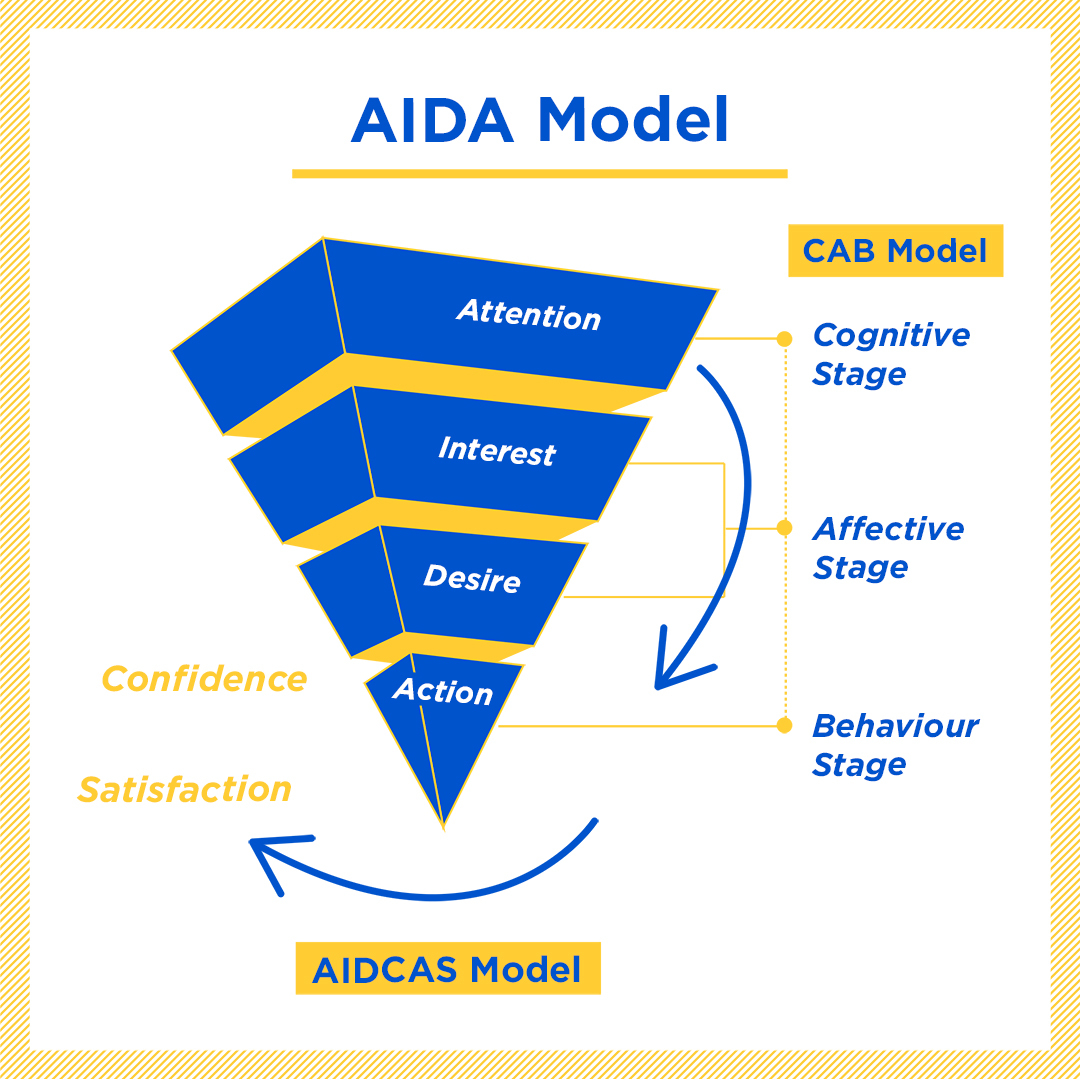
A marketing funnel is a path between the awareness stage to the conversion stage.
It has many components in-between, and advanced marketers know that conversion is only the beginning.
Our most valuable and often lowest cost of new clients will come from existing clients and repeat purchases.
In social media terms, when performing as designed, this is a viral loop. The backbone of any effective social media platform or any business that is growing exponentially. Think Uber in its early days.
Effectively the referral path being greater than 1.1, every time you acquire a new client or customer, they refer more than one other individual to your business.
AIDA + Referral = Exponential Revenue Growth
In marketing, the AIDA principle has been the backbone of campaign creation and the buyers' journey for some time.
We are effectively looking to move new leads and customers through a cycle to acquisition. Often overlooked in this journey is the referral piece which we will discuss further on.
Below is a high-level example of some of the pieces of content one might consider as part of the AIDA model.
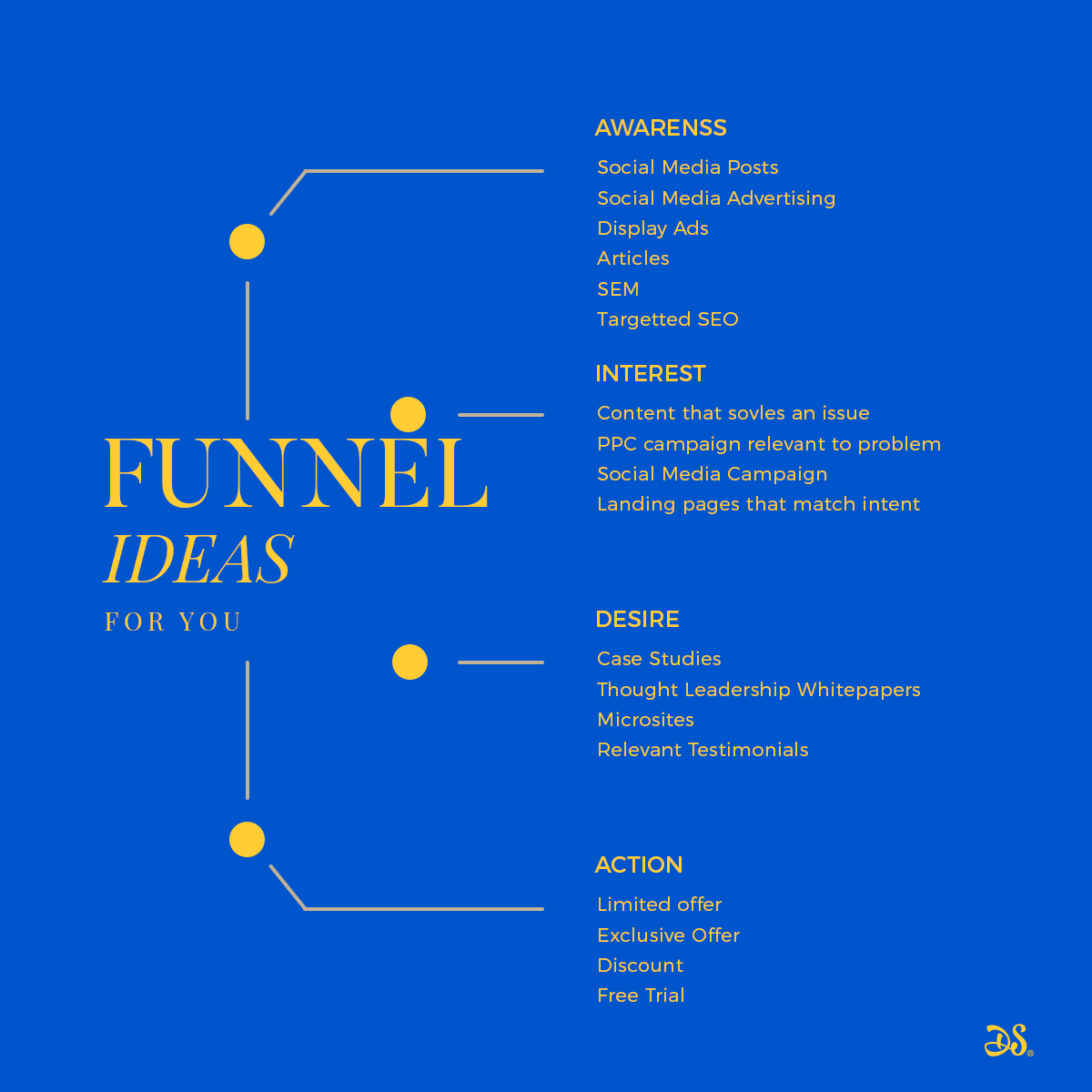
Whether establishing a new marketing funnel or modifying an existing one, there are many factors to take into consideration.
Where will my best source of new clients come from? And what problem am I solving for?
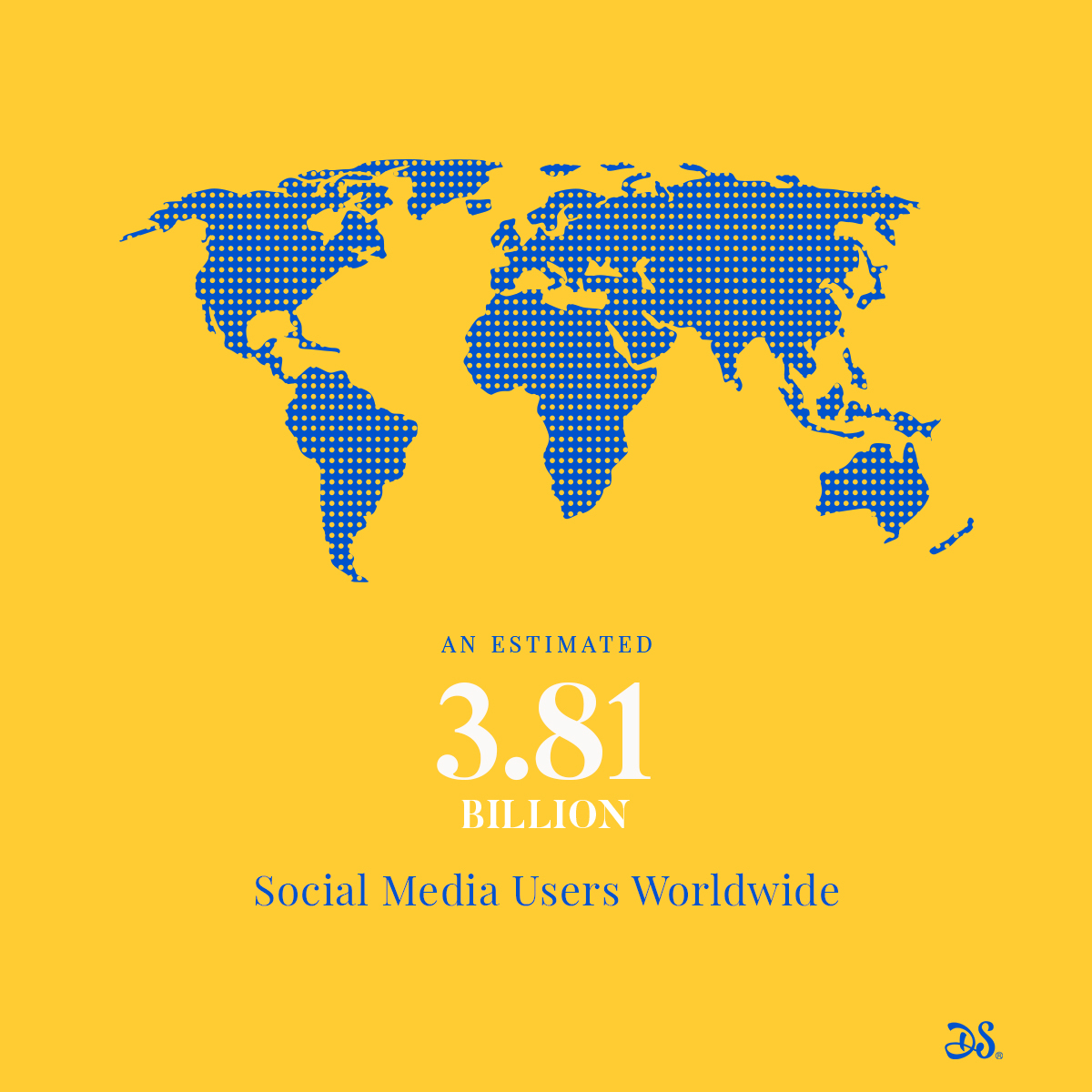
World Wide Social Media Users
Once you have decided on the platform, you need to understand the persona you are targeting intimately.
Fortunately, in 2020 we have the benefit of Data to assist. Even if we have our persona well developed, we should consistently test this knowledge every six months, to make sure our understanding of their need analysis stays the same.
Not only can we find out about the needs of our personas, but we can go further by seeking to understand the language they use when asking questions relating to their problem/s.
Let me give you an example of how you might go about this.
When I go to Amazon and look at the top books in Marketing at the moment, here is what I see:
- This is Marketing - by Seth Godin
- The 1 Page Marking Plan - by Allan Dib
- Marketing Made Simple - by Donald Miller
When you look at the summary for the top 3 books, you notice a theme. That theme is how do marketers stand out online and get more customers while not making it over complicated.
So, in this instance, I have my desire, and the problem I need to solve. Perhaps even the type of language I should be using? If you are wondering how to get this, please read on.
We would then look at each of these reviews, and how they summarise the books, what the reviewers say, and the common language that they use.
With the top 3 books having over 3k+ positive reviews, there is a fair chance this is the right direction to head in.
This thinking and analysis would form the foundation of the awareness stage of my campaign, where I should ask myself the following questions before launching.
- Is my advertising targeted to the right audience?
- Is it written in a way that the consumer immediately understands what I am offering?
- Is the time between a click on the ad to landing on my website quick enough? (Latency)
- Are they landing on a product we have stock of?
- Are they landing on the right product or service?
- Is the checkout process seamless? My return policy tight enough to protect the business, but customer focussed enough to encourage a first-time purchase?
- If they do not purchase at abandon the cart, do I send them an offer?
- Do I retarget them on social or Google? or both.
- If I don't send them an offer, how do I encourage purchase?
- Is the next ad they see on social a further step in the funnel, or is it the same ad they saw initially?
It can take somewhere between 7-21 times of someone seeing your ad before they are ready to take a chance on your business (and release trust). And given that we see around 5,000 ads a day in Australia, we really need to make sure our ads are good enough to be seen.
Continuing to market and segment the audiences based on areas of interest is critical in driving conversions.
Stage 2 - Interest
At this stage, they may have accessed a coupon, downloaded an e-book/digital brochure, signed up to our newsletter, and we are tracking them as an interested audience.
This is our opportunity to educate them about our business. It should include targeted offers, social media content, relevant articles/blogs and web content.
We are looking to establish ourselves as the authority in a particular domain, the company they should be dealing with and buying from.
Stage 3 - Desire
In phase 3, we must find a way to move our persona from being interested in our product or service to wanting it with the belief that it will fulfil their needs.
We could provide them with relevant timed incentives, social proof, personalised EDM's, micro-sties, case studies in their industry, thought leadership whitepapers, and video reviews or explainers.
Stage 4 - Decision
To encourage action, we must present the right incentive to the right audience at the right time.
This can be via a limited offer, exclusive offer, discount, free trial, or case studies relevant to their business and industry.
We need to make this a frictionless process and enable this through simple but effective ideas. But we must also add more value than is expected.
We only exchange money for products and services when we believe we are receiving greater value through the exchange.
Anything that prevents or causes friction at this juncture will cost you both revenue, and potentially a long-term customer.
Let me give you a real example of why this matters.
The average cart abandonment rate is 67.91%, but the most effective is 20%. Now if your cart abandonment rate is 67.91%, moving this to close to 20% would fundamentally, and financially change your business.
Stage 5 - Referral
So now we had an initial purchase, and we want them as repeat customers and referrers of our business.
What we want as marketers and business leaders are repeat purchases and referrals.
By increasing the frequency of sale, range of products sold, and being referred, we are leveraging and maximising our client acquisition costs.
In both situations, we need to make this a frictionless process and enable this through simple but effective ideas. But we must also add more value than is expected. We need to be worthy of repeat purchases and referrals.
We must also show that contextually we know our customers, through personalization of our marketing efforts including the types of advertising they see once becoming a customer.
Every Step in Your Funnel Matters!
Once you have identified all the different steps in your marketing funnel, you are well placed to identify areas of growth.
And whilst acquisition of new customers is critical to any business, leveraging the existing customer base can offer an equal if not greater growth opportunity.
Let me provide the following example.
As I am analysing my marketing funnel, I notice that when a second purchase is made within 90 days, my customers end up having a lifetime value of $1,200 to my business. But if the second purchase happens after 90 days, they only end up being worth $450 to my business.
Assuming both customers were acquired for $23.36 to use a real-world example. The question I need to ask myself is, how can I move more customers into the 90 days repeat purchase path?
- Do I offer them a special incentive?
- New products not yet released to the general market?
- Points that eventually mean savings?
- Referral programs?
All of the above are good ideas and worth testing in this scenario. Because the more consumers I can move into 90 day repeat purchase path, the greater the return on my cost of acquisition.

Summary
To create a marketing funnel that works, you need to break each step of the buyer's journey down into its components.
You then need to use the data of your existing client base and look for areas of leverage.
- Will it be a model that shows a product that increases sales by 400%?
- A highly incentivised referral scheme?
- A one-click checkout like Amazon?
- Is there a particular E-book or content marketing strategy that you use that gets more leads and customers than others?
On-going testing and analysis is how you create a marketing and sales funnel that works. Looking at components, you may not think of looking at in the past, like the model in the dress example.
Using data to spot anomalies, both good and bad enables the business to identify leverage. And when you identify leverage, you identify growth opportunities.
Since 2013 we have been helping B2C, and B2B businesses across all industries improve conversions and increase sales. If you would like to know more and talk about your business with us further, we would welcome the opportunity.
Digital Stand is a performance-based agency. To learn how we can help your business grow, contact us.

.jpeg?width=200&height=200&name=pexels-mikhail-nilov-6893349%20(1).jpeg)


.jpeg?width=318&height=135&name=pexels-cottonbro-studio-4065876%20(1).jpeg)


